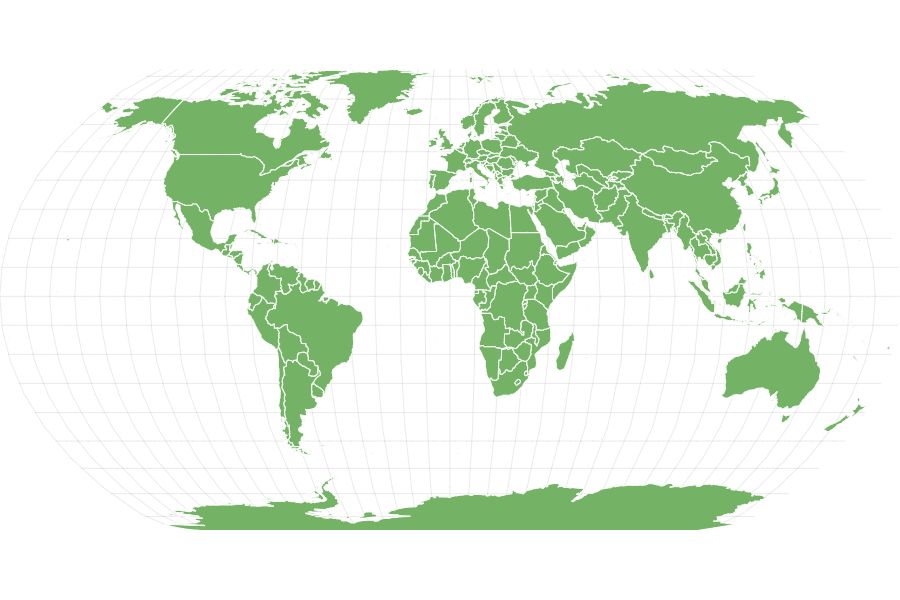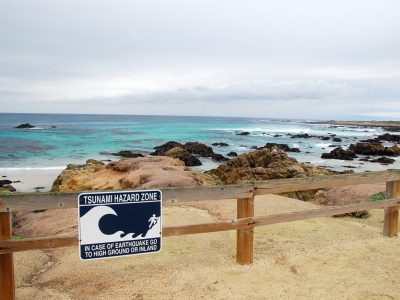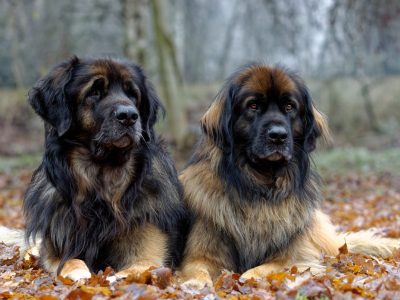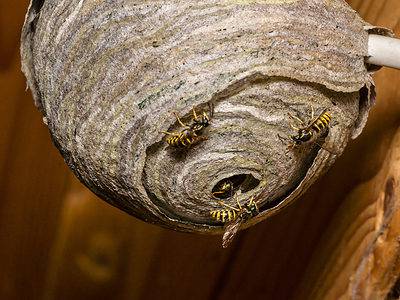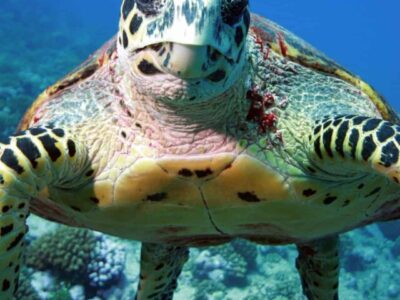Dinocrucuta had very strong jaws capable of crushing bones.
Advertisement
Dinocrocuta Scientific Classification
- Kingdom
- Animalia
- Phylum
- Chordata
- Class
- Mammalia
- Order
- Carnivora
- Family
- Percrocutidae
- Genus
- Dinocrocuta
- Scientific Name
- Dinocrocuta gigantea
Read our Complete Guide to Classification of Animals.
Dinocrocuta Conservation Status
Dinocrocuta Facts
- Prey
- Chilotherium (prehistoric tusked rhinoceros)
- Main Prey
- Chilotherium (prehistoric tusked rhinoceros)
- Fun Fact
- Dinocrucuta had very strong jaws capable of crushing bones.
- Biggest Threat
- Amphicyon (bear dogs)
- Most Distinctive Feature
- Dinocorcuta had a massive skull
- Distinctive Feature
- Dinocorcuta had strong jaws
- Habitat
- Grasslands
- Diet
- Carnivore
- Type
- Hyena-like feliform carnivore
- Special Features
- Dinocrocuta had strong conical teeth
- Number Of Species
- 4
View all of the Dinocrocuta images!
Hyenas today are among the most ferocious predators. But their ancient ancestors were just as dreadful. The Dinocrocuta was a prehistoric carnivore with a similar build as present-day hyenas. This animal was at the apex of the food chain across various habitats in Africa and Asia during the Miocene Epoch. Dinocrocuta had very strong jaws capable of crushing bones.
Description and Size
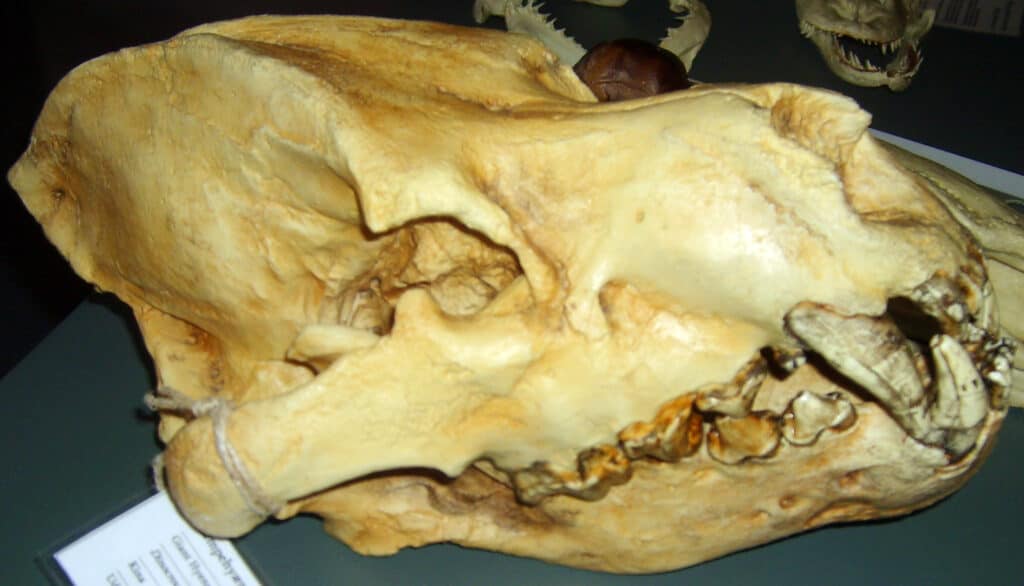
Dinocrocuta is a group of extinct carnivorous animals with features very similar to modern hyenas in appearance.
©2,440 × 1,396 pixels, file size: 2.02 MB, MIME type: image/jpeg – License
Dinocrocuta is a group of extinct carnivorous animals with features very similar to modern hyenas in appearance. Their name translates as “terrible hyena.” However, it should be noted that the similarity between members of the Dinocrocuta genus and hyenas was mostly in terms of their physical features and ecological preferences. The Dinocrocuta is more closely related to the cats (felids) and false saber-toothed cats (nimravids).
Four distinct species have been identified in this genus. The largest of these is the Dinocrocuta gigantea, which reached lengths of about 6.2 feet and a shoulder height of about 4.3 feet. The average skull length for this carnivore was about 17 inches. D. gigantea weighed 661 pounds. This is around the same weight as the largest tigers today. But not all species were this big. Still, even the smallest Dinocrocuta would have been bigger than modern hyenas.
One of the prominent features of the Dinocrocuta was its massive skull. The genus possesses powerful jaws that can crush and eat bones. The teeth were conical-shaped and more resilient in contact with hard objects compared to the blade-like teeth of other carnivores.
Although Dinocrocuta looked like hyenas, they were grouped under the Percrocutidae. Members of this family are generally known for their massive skulls and strong jaws. Dinocrocuta demonstrated these features on a bigger scale. However, they still look like hyenas with respect to many physical features. For instance, just like modern hyenids, percrocutids had shorter hind legs, leading to sloping backs.
Diet—What Did Dinocrocuta Eat?
Scientists think this animal occupied a similar ecological niche as modern-day hyenas. Hyenas today are commonly perceived as scavengers. But evidence suggests that they are adept pack hunters as well. Also, given this carnivore’s massive jaws and strong teeth, they were probably strong enough to take down big animals on their own. Their bone-crushing capability, however, suggests that they also fed on carrion.
The Chilotherium (prehistoric tusked rhinoceros) was probably one of the most notable preys of the Dinocrocuta. An interesting skull of a female Chilotherium was found in Liushu, China. It bore marks of a Dinocrocuta’s dentition. The fact that the bones had regrown showed that the predatory attack failed and that the animal was lucky enough to survive and heal up.
Like modern hyenas, Dinocrocuta was probably cleptoparasitic too. The animal could confront other carnivores and take their kills. The massive size, strong bite force, and powerful dentition would have made the Dinocrocuta one of the deadliest carnivores of its time.
Habitat—When and Where It Lived
Dinocrocuta lived during the Miocene Epoch 4.5 million years ago. Fossils of this carnivore have been found in Africa and Asia. It had an extensive range covering most of Eurasia and parts of Africa. Different species lived on different continents. D. gigantea was common in Central China and Spain. It also lived in areas between these two locations, such as Mongolia, Turkey, Pakistan, Iran, Bulgaria, and Greece. D. algeriensis, on the other hand, lived in North Africa, while D. senyureki was restricted to the Tibet region.
The general climate of the Miocene Epoch in these locations was warmer than in modern times. There was regional aridification as well as grassland expansion as the forest shrunk. The warm climate greatly favored Dinocrocuta. They could hide in the grass and lay ambush for their prey. They also thrived in desert environments.
Threats and Predators
There were not many known threats to Dinocrocuta. The animal itself rather posed a terrible danger to other animals. It fed on herbivorous animals and took food from other carnivores. A probable competitor that lived around the same time was the Amphicyon (also known as bear dogs). Like the Dinocrocuta, bear dogs also had a massive bite force and could run significantly faster.
Discoveries and Fossils—Where Dinocrocuta Was Found
The first fossils of the Dinocrocuta ever found were dental remains. M. Schlosser published a detailed description of the fossil in 1903. Since then, a few more materials have been found. One of the most popular finds was the 1986 discovery of a large number of fossils in Shaanxi Province. Some materials from this location included a few Dinocrocuta gigantea bones. The collection had a complete skull, an anterior part of a skull with all the teeth intact, a broken lower jaw, and some non-cranial bones.
Another popular Dinocrocuta fossil site is the Bahe Formation in Gansu Province in China. An almost complete specimen was found in this location. It had 33 teeth with just one mission tooth. The fossil has been dated to be 7 million years old, which falls within the Miocene Period.
Extinction—When Did Dinocrocuta Die Out?
Dinocrocuta lived during the Miocene Epoch. The species died out at the start of the Baodean age, towards the end of the Miocene. This was about 4.5 million years ago. The reason why the ferocious carnivore went into extinction is still a mystery.
Similar Animals to the Dinocrocuta
Similar animals to the Dinocrocuta include:
- Adcrocuta — This group of extinct carnivores also existed during the Miocene Period. They are more closely related to the hyenas than the Dinocrocuta. Fossils of Adrocuta are widespread in Eurasia and the Northern parts of Africa.
- Amphimachairodus — This is an extinct genus of mammals. It belongs to a family of carnivores known as the scimitar-toothed cats. It was an ambush predator because its short legs prevented it from long chases.
- Pachycrocuta — This is a group of extinct prehistoric hyenas. One member of this group, Pachycrocuta brevirostris, is the biggest hyena to have lived.
Related Animals
View all 110 animals that start with DDinocrocuta FAQs (Frequently Asked Questions)
How big was Dinocrocuta?
The largest species of this carnivore, Dinocrocuta gigantea, reached a body length of up to 6.2 feet and was as tall as 4.3 feet at the shoulders. They had massive skulls with a total length of about 17 inches. The estimated weight of the Dinocrocuta was about 661 pounds.
When was Dinocrocuta alive?
Dinocrocuta lived during the Miocene Epoch. They probably went extinct towards the end of the Miocene epoch about 4.2 million years ago. The exact reasons for their extinction are not known.
What did Dinocrocuta eat?
Dinocrocuta was a carnivore. Experts believe it was most likely a predator that hunted large herbivores like the Chilotherium, a type of prehistoric tusked rhinoceros. They might have been scavengers as well, based on comparison with present-day Hyenas.
Thank you for reading! Have some feedback for us? Contact the AZ Animals editorial team.
Sources
- Wikipedia, Available here: https://en.wikipedia.org/wiki/Dinocrocuta
- Prehistoric Fauna, Available here: https://prehistoric-fauna.com/Dinocrocuta-gigantea
- mindat.org, Available here: https://www.mindat.org/taxon-4833224.html

